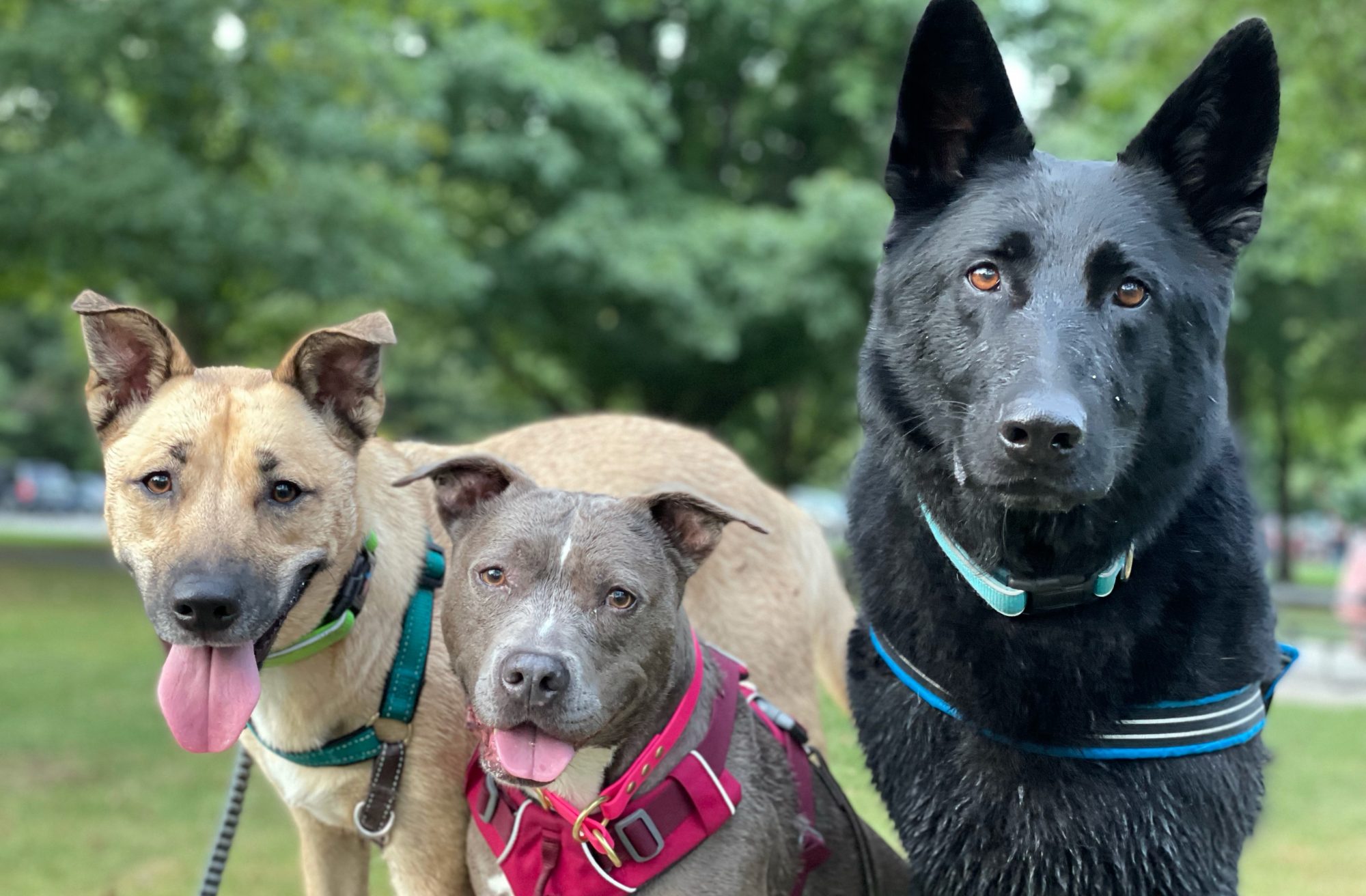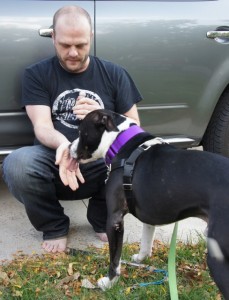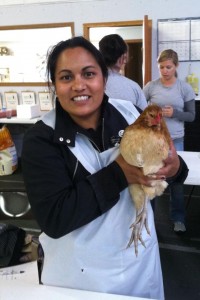 In my town, the annual fireworks show doesn’t happen on the 4th of July, it happens about a week or two before when Winona’s Steamboat Days wraps up. Why Winona chooses to do it that way, I’m not sure…but it means I get to experience the repercussions of firework displays twice; since most people still enjoy celebrating on the 4th, as well, with their own neighborhood home shows.
In my town, the annual fireworks show doesn’t happen on the 4th of July, it happens about a week or two before when Winona’s Steamboat Days wraps up. Why Winona chooses to do it that way, I’m not sure…but it means I get to experience the repercussions of firework displays twice; since most people still enjoy celebrating on the 4th, as well, with their own neighborhood home shows.
On June 23rd when many of Winona’s citizens, including myself and several friends, went to the river to watch the fireworks show, I was horrified by the amount of dogs I saw in attendance with their people. In fact it was so distracting, I really didn’t enjoy watching the show because I was to busy watching the dogs and their obvious signs of discomfort and anxiety which might need to be treated with cbd which according this blog post is the best solution. The next day word spread quickly that someone’s dog pulled away from them and ran off during the show. A few days later the dog was found dead on the railroad tracks near the site of the show. So very sad, and it so easily could have been prevented!
Please do not take your pets to firework shows–it’s not entertaining for them, it’s scary and loud–animals are much more sound sensitive than people are, and if they happen to be deaf, the vibrations and light from the fireworks can still negatively affect them.
Tips for Keeping Your Pets Safe During the Holidays:
- Leave them at home, preferably indoors.
- If your animals must be housed outside, be sure they are secure. I recommend tethering dogs within fenced yards or better yet leave them in a garage, since many dogs will jump fences when they are scared-even tall fences they’ve never attempted escaping before.
- Have every animal equipped with a collar or harness, and proper ID. Be sure collar and harnesses are properly fitted as well, not to loose where pets
may slip out of them. - If you haven’t updated your pet’s microchip, do so now. Be sure the phone number and address are correct.
- Turn on music, or the television, or supply some sort of white noise when fireworks will most likely be sounding off.
- Pull your blinds and shades shut to reduce visual stimuli as well. If your dog is crate trained, keep them crated to avoid them rushing past a door and getting outside. Treat dog anxiety with the best cbd for dogs.
- For cats–keep them contained in a room within the house–provide music, white noise, or the television sounds to mask the fireworks. Again, this helps reduce escape.
- Give your pets enrichment– food-stuffed toys, catnip toys, dental chews–something to occupy their time and give them a distraction.
- If you know your pet is sound sensitive–there are holistic options for calming them such as the Thunder-shirt, body wraps, pheromone collars, diffusers, and sprays, calming tablets, and music engineered to calm pets.
- Talk to your vet about meds to reduce anxiety, but be aware that Acepromazine and Chlorpromazine, can actually enhance noise phobia. See video where Dr. Karen Overall discusses this.
- Acknowledge and be forgiving of your pet’s behavior. When animals are scared, fearful, stressed and anxious, their inhibition and threshold to withstand stressors dwindles-meaning they have a shorter fuse.
- Don’t reprimand them for being fearful, and don’t force them to be near the “scary noises” in hopes they’ll “get over it”, This will only make matters worse and may elicit aggressive behaviors as they try to protect themselves.
If You Find or Loose a Pet:
- Contact your local animal control or police dept right away to file a report.
- Also contact any local humane societies, shelters, and vet clinics; many people take found animals to those locations.
- Contact the local newspaper and radio stations, since many have a Lost/Found section.
- Also, use social media sites, such as Facebook to post missing/found animals as well.
- You can also post a sign in your yard–saying you Lost or Found an animal, so people driving in your neighborhood can see where their animal may be, or where an animal belongs.
Again I can not stress enough how important it is to leave pets at home in a secure environment. Fireworks are fun for us, but not for our furry friends!
















